Hi there! As a bird enthusiast and nature lover, I’ve had the incredible opportunity to witness the majesty of birds of prey in Georgia.
From soaring eagles to agile hawks, these magnificent birds command attention with their awe-inspiring hunting skills and striking appearances.
In this article, I’m excited to share with you an overview of 10 fascinating birds of prey that call Georgia home.
So, let’s dive into the world of these remarkable raptors and learn more about these captivating creatures!
| Image | Name |
|---|---|
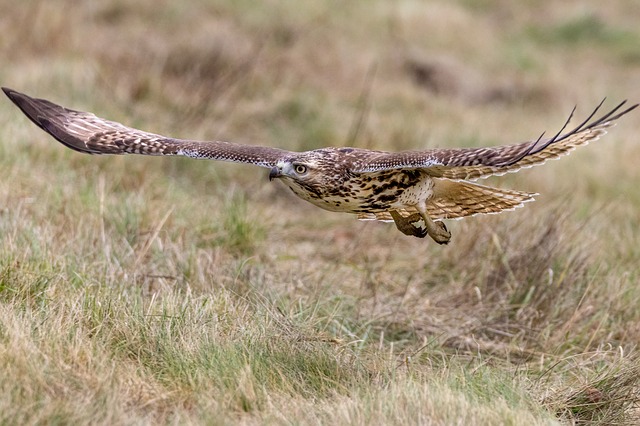 | Red-Tailed Hawk |
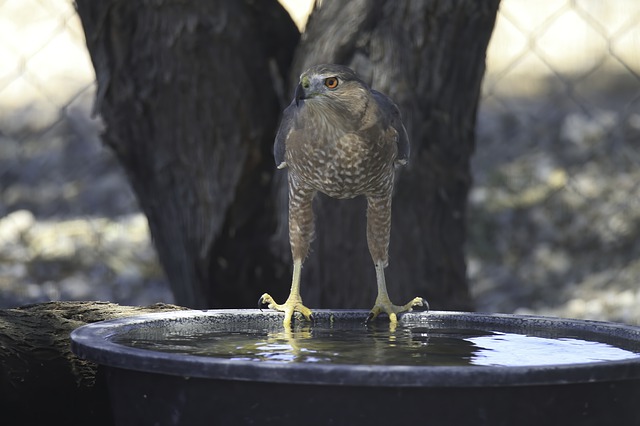 | Sharp Shinned Hawk |
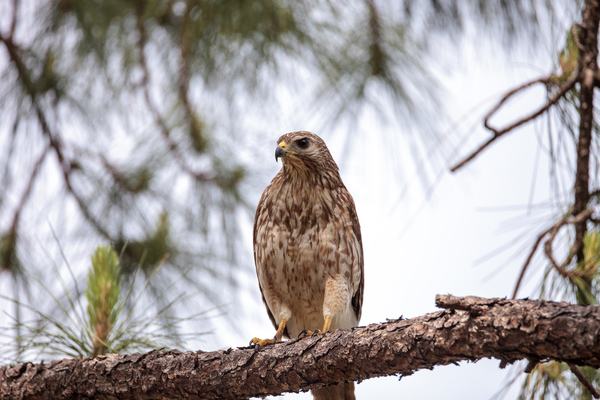 | Red-Shouldered Hawk |
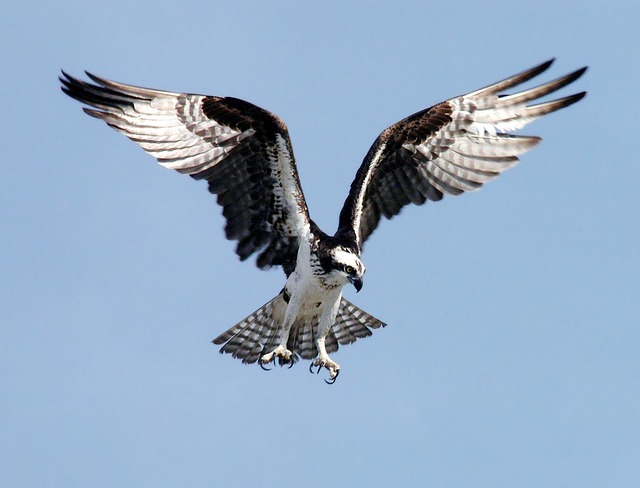 | Osprey |
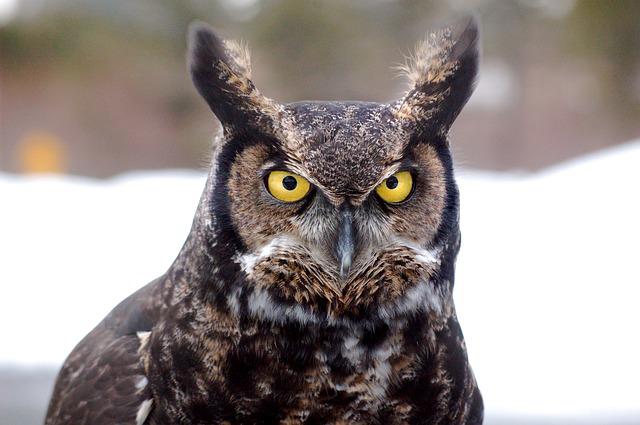 | Great Horned Owl |
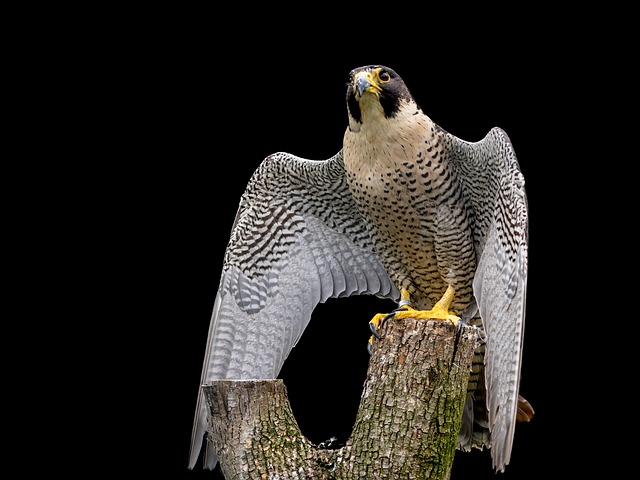 | Peregrine Falcon |
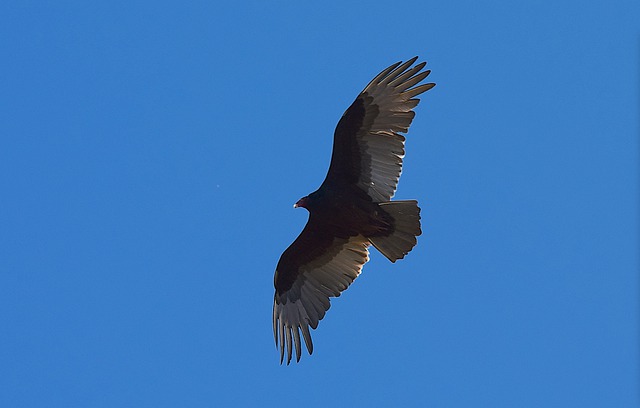 | Turkey Vulture |
 | Bald Eagle |
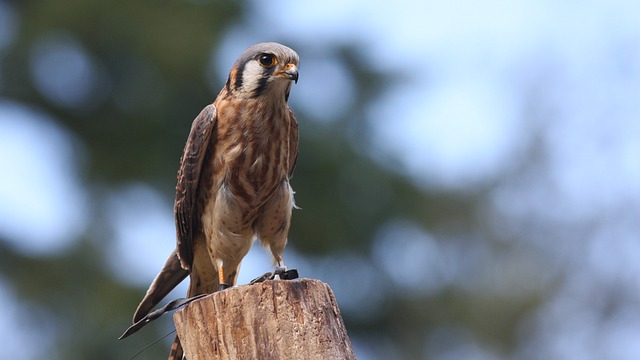 | American Kestrel |
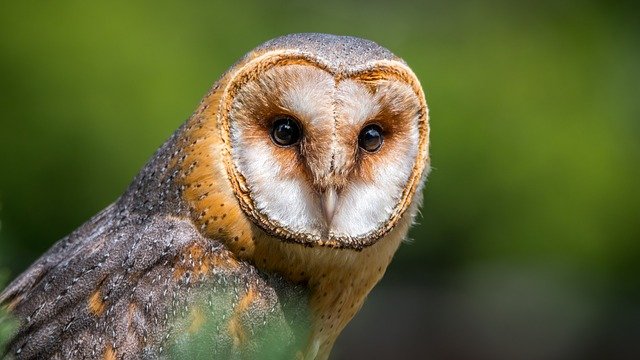 | American Barn Owl |
Birds of Prey in Georgia
1. Red-Tailed Hawk

The Red-tailed hawk is among the most frequent species of raptor in Georgia.
Red-tailed Hawks, also known as Buteo jamaicensis in the scientific world, may range in length from 4 to 65 centimeters (17.1 to 25.5 inches).
Their wing spread is between 44.8 and 52.3 inches, and their weight is between 24.3 and 51.4 ounces.
Red-tailed Hawks are large birds with broad, short tails and large, curved wings.
Throughout the Americas, these hawks are the second biggest of the Buteo family.
Typically, a Red-tailed Hawk will have a brilliant brown back and head with a white underbelly and brown streaking on the belly.
The adults of this species are easily identified by the bright cinnamon color of their tails.
Red-tailed Hawks are often seen circling high above a field, where they may be found hunting for their main food source: rodents.
As such, the Okefenokee National Wildlife Refuge of Georgia is a popular location to spot them.
2. Sharp Shinned Hawk

Sharp-shinned Hawks are very agile and acrobatic birds, despite being among the smaller prey birds that can be seen across Georgia.
It’s not unusual to see one of these raptors whizzing by local bird feeders or dashing across the forest at breakneck speed.
In order to recognize these birds, search for orange stripes on their chest area that fade towards the abdomen, as well as blue-gray back and wing feathers.
They have a rather lengthy tail, but their wings are quite small and rounded as they are soaring.
The size difference between males and females may be rather significant.
The wooded regions of Georgia are home to a healthy population of these raptors.
They are most commonly observed near bird feeders, where they chase and feast on the many songbirds that stop by for food.
These raptors are primarily predatory birds, meaning they wait patiently for their prey and then dart out from cover at high speed to pursue birds, which comprise the majority of their diet.
3. Red-Shouldered Hawk

Georgia is a favorite state of the Red-Shouldered Hawk because it has traditionally bordered their breeding habitat and because it makes trips relatively short.
They nest in the same location year-round, but at some point, throughout the year, they might make the relatively short journey to the nesting sites, where they will stay for the appropriate period of time to raise their young before taking them to the nest in the state.
They are named from the red patches that look like shoulders and are apparent when the birds are sitting in certain positions.
These spots grow more vibrantly red as you move farther north.
For example, the ones across Florida are normally a lighter shade of red, but the ones around Maine have a more brilliant shade of red.
Without these patches, it is possible to mix them with Broad-winged Hawks.
They can also be separated from their cousins by their longer tails, crescent-like wing markings, and more forceful flapping.
This bird is also sometimes mistaken for the common Red-Tailed Hawk, despite the fact that the latter species is normally bigger and bulkier, with wings that are proportionally larger and also broader.
The Red-Shouldered Hawk lacks a rear that is visible when in flight, but the Red-Tailed Hawk has a rear that is far redder in color and is visible while it is in flight.
In addition, while traveling, the Red-Shouldered Hawk will follow the leading lines of other members of its own species.
This may be an incredible sight for people of every age who like watching birds.
4. Osprey

Ospreys are neither eagles nor hawks, even though some people might mistake them for either of those birds.
Pandion haliaetus is the scientific name for the osprey, which belongs to the family Pandionidae and is commonly known as an osprey.
These raptors are shorter and more slender than red-tailed hawks, although they are bigger than Red-tailed hawks generally.
Their weight may vary from around 1.4 to 2.0 kilograms, their length can range from 21.3 to 22.9 inches, and their wing spread can be about 150 to 185 centimeters.
Ospreys are popularly known as “river hawks,” “fish hawks,” “sea hawks,” and other similar names because of their preference for hunting fish as their primary food source.
However, in addition to that, they might even consume reptiles, amphibians, crabs, and even small mammals.
5. Great Horned Owl

The Great Horned Owl is the species of true owl that is found across the Americas in the largest number.
It is the owl most often seen in these parts due to its year-round presence in Georgia and its distribution over the whole of the state.
It gets its name from the fact that it has two tufts on each side of its head that are called plumicorns.
These tufts are shaped very similarly to horns.
There is some evidence to support the idea that they work as a visual cue in territorial and sociosexual contact with other owls, but further study is required to confirm this view.
This enormous owl is very versatile and has a large hunting range in order to find its major food source, which consists of hares, rabbits, rats, and mice.
When it is on the prowl, it is not uncommon for it to go after something it can outrun, including bigger reptiles and different types of birds.
It is believed that the Red-Tailed Hawk would be its diurnal twin since they share the same habitat, food, and nesting habits.
However, these behaviors are carried out at different times of the day.
6. Peregrine Falcon

Although the Peregrine Falcon is only seen in the eastern portion of Georgia during its migration, the western regions of the state are home to its nesting territory.
In spite of the fact that, at one point in time, the peregrine falcon was brought to the verge of extinction throughout North America.
The species has made a recovery in the past few decades and is now among the most widely distributed bird species in the world.
They are discovered on every continent on the planet, with the exception of Antarctica.
When hunting prey, they are capable of reaching speeds of nearly 200 miles per hour, ranking them the fastest creatures in the whole world.
It has been observed that they consume around 450 different kinds of birds across North America and over 2,000 species globally.
Their diet consists nearly entirely of other birds.
7. Turkey Vulture

The Turkey Vulture, commonly called the Turkey Buzzard, is the most frequent species of vulture across Georgia and the most frequent species of vulture in the whole United States.
They are mostly black, have a bald red head, and have a bill that is pinkish in color.
This makes it reasonably simple to recognize them.
Their name comes from the fact that they are sometimes mistaken for Wild Turkeys.
While you understand what characteristics to search for, it won’t be difficult to identify these vultures even as they are in flight.
Keep an eye out for a giant raptor that is circling erratically in the sky.
This bird’s wings should be lifted to the point where they resemble the letter “V.”
It is believed that this method of flight enables them to fly at lower elevations, which in turn keeps them near to the ground so they can better scent for food.
Search for turkey vultures in areas where there are plenty of dead animals.
The highly developed smell sense that these birds of prey possess allows them to find dead animals.
Their olfactory capabilities are so acute that they are able to detect decaying meat up to 8 miles (13 kilometers) away.
These birds really prefer to consume fresh food, and after an animal has died, they make every effort to get to it as fast as they possibly can.
8. Bald Eagle

Since 1782, the American Bald Eagle (Haliaeetus leucocephalus), more formally known as the American National Bird, has served as the symbol of the United States of America.
This raptor is not only prevalent across Georgia, but it is also spotted in almost every other state on the mainland of the United States, in addition to Canada, Alaska, and certain areas of Northern Mexico.
It’s a common misconception that bald eagles lack hair on their heads; in reality, these birds have dense, snowy plumage covering their whole face and head.
Instead, this bird got its name from the ancient English term “piebald,” which literally means “white patch,” in reference to the bird’s the brilliantly white head.
Piebalds are found throughout the British Isles.
Due to the predominance of fish in their food, these dangerous animals like to keep close proximity to water bodies.
9. American Kestrel

The whole state of Georgia is home to a large number of American Kestrels, which are present all year long.
In the countryside, these birds may be observed perching on telephone lines and wooden poles, keeping a sharp lookout for insects, small animals, and reptiles to catch.
Kestrels are food for bigger birds of prey like hawks, owls, and crows, as well as for reptiles like snakes, so they need to be careful to keep an eye out for any animals that could try to eat them.
The American Kestrel is the most colorful of all the falcons found across Georgia and the rest of North America, despite being the smallest of the species.
The wings of males are grayish-blue, and their backs are fiery orange with black barring.
The tip of the tail is black, while the rest of the tail is a rusty orange color.
The pale tummy has a wash of orange all over it, charmingly speckled with little black polka dots.
10. American Barn Owl

The face of a Barn Owl is in the form of a heart, and it is sandy in color, having a dark brown rim around the edge.
It’s interesting to note that the curvature of an owl’s face directs sound to its ears, which aids in the bird’s ability to be an effective hunter.
Because of the quality of their hearing, they are able to easily identify tiny creatures even while hiding in thick cover or snow, and they also hunt bats.
The Barn Owl is a non-migratory species that often lives in empty barns.
Farmers enjoy them despite the fact that they maintain the surrounding area relatively free of rodents, safeguarding other animals from the illnesses that mice and rats transmit.
Even though they are critically endangered in many areas of their habitat, farmers love them.
They do not make the typical “hooting” sound that is associated with owls.
Their one-of-a-kind shriek sounds a lot like a red-tailed hawk, which is a strong comparison to make.
When a male is trying to impress a female, he can clap his wings together a few times while flying in order to demonstrate his prowess.
Conclusion
In conclusion, Georgia is a treasure trove of avian diversity, boasting an impressive array of birds of prey.
From the iconic Bald Eagle, the state bird of Georgia, to the elusive Northern Harrier, and the formidable Peregrine Falcon, these birds captivate us with their aerial prowess and natural beauty.
Through their keen hunting skills and ecological significance, birds of prey play a vital role in maintaining the delicate balance of Georgia’s ecosystems.
As we continue to appreciate and conserve these majestic creatures, let us also strive to protect their natural habitats and ensure their survival for generations to come.
So, whether you’re a seasoned birder or simply enjoy observing wildlife, keep an eye on the skies of Georgia for these awe-inspiring birds of prey, and let them inspire you with their grace and power.
Happy birdwatching!
FAQ
What are birds of prey?
Birds of prey, also known as raptors, are birds that are specially adapted for hunting and feeding on other animals. They have keen eyesight, sharp beaks, and strong talons, which allow them to capture and kill their prey.
Where can I spot birds of prey in Georgia?
Birds of prey can be found in various habitats throughout Georgia, including forests, wetlands, grasslands, and coastal areas. Look for them perched on tree branches, soaring overhead, or hunting for prey in open fields or marshes.
What do birds of prey eat in Georgia?
Birds of prey primarily feed on small mammals, birds, reptiles, and insects. Their diet varies depending on the species and availability of prey in their habitat. For example, Bald Eagles often feed on fish, while Red-tailed Hawks may feed on rodents or rabbits.
Are birds of prey protected in Georgia?
Yes, birds of prey are protected under federal and state laws in Georgia. It is illegal to harm, harass, or disturb these birds or their nests without proper permits or authorization. It is important to respect these laws and observe birds of prey from a safe and respectful distance.
Can I attract birds of prey to my property in Georgia?
Attracting birds of prey to your property in Georgia can be challenging, as they are wild animals with specific habitat requirements. However, providing suitable nesting sites, natural food sources, and avoiding the use of pesticides can create a favorable environment that may attract birds of prey and other wildlife.
Are birds of prey beneficial to the ecosystem in Georgia?
Yes, birds of prey play a crucial role in maintaining the balance of Georgia’s ecosystems. They help control populations of small mammals and birds, which can help prevent the overpopulation of certain species and maintain healthy ecosystems.
Can I observe birds of prey up close in Georgia?
It is important to observe birds of prey from a safe distance and avoid disturbing their natural behavior. Approaching too closely or disturbing their nests can cause stress and harm to the birds. Using binoculars or spotting scopes can allow you to observe them up close without causing any disturbance.
Last Updated on April 20, 2023 by Lily Aldrin
